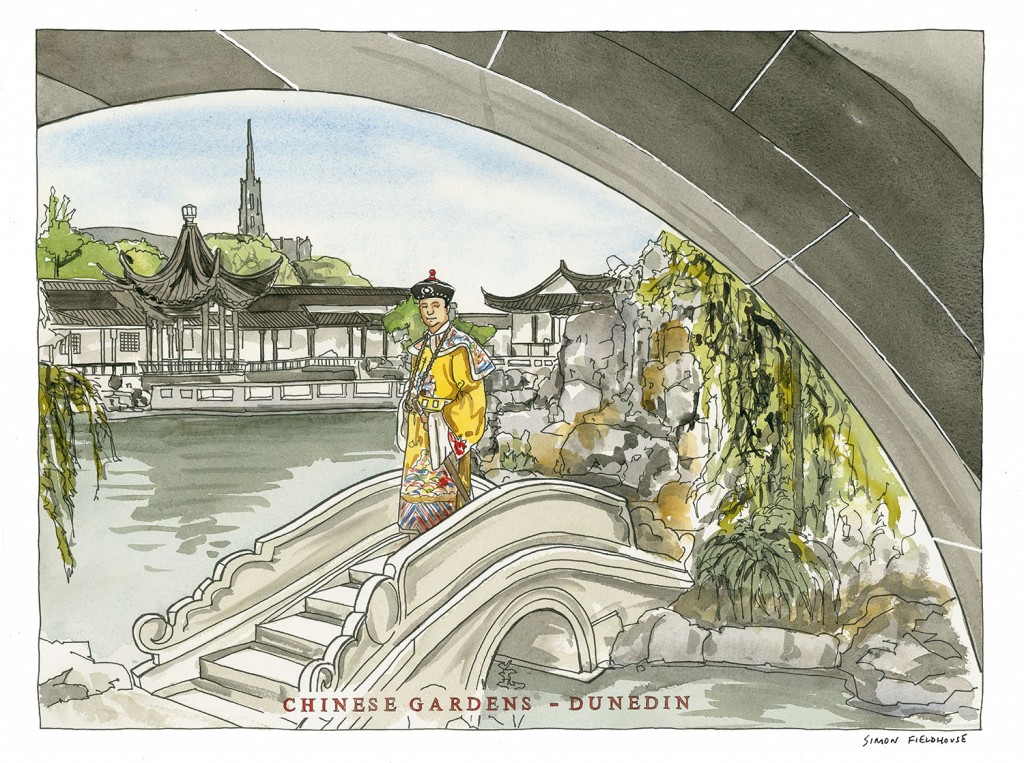
Dunedin Chinese Garden
Dunedin Chinese Garden, is located in the city of Dunedin in southern New Zealand. It is sited next to the Otago Settlers' Museum close to the centre of the city and numerous other of the city's tourist attractions, including the Dunedin Railway Station and Queen's Gardens. The garden is named Lan Yuan. This was specifically chosen as it was considered to be significant on a number of levels. The character lan is the third character in the Chinese name for New Zealand, as well as being part of the name of the Yulan magnolia, popularly thought of as the flower of Dunedin's sister city Shanghai. In the booklet about the garden, it is called "The Garden of Enlightenment". The garden commemorates the contribution of Chinese people to the history and culture of Dunedin. The city has long had a Chinese population, with many Cantonese people settling in and around Dunedin at the time of the Central Otago Gold Rush in the 1860s, only some 15 years after the city was founded. Over two percent of Dunedin's population is of Chinese descent,among them the city's mayor at the time of the garden's inauguration, Peter Chin. The idea of creating a Chinese Garden in Dunedin was first raised in 1997 during preparations for the city's 150th anniversary commemorations, which were to take place the following year. As there are strong Chinese elements in the city's history, it was deemed appropriate to create such a garden. A Chinese Garden committee was formed, headed by Dr. James Ng, and a site was chosen close to the city's historic railway station and the Otago Settlers' Museum. Initially there was some concern that the site would prove too windy, and a small but vocal part of the Dunedin population was opposed to the garden's construction. Despite these concerns, foundation stones were laid by delegates from the gardens committee and Dunedin City Council, as well as the deputy mayor of Dunedin's Chinese sister-city, Shanghai, in March 1998. Much of the cost of the project was raised by public donations, though the New Zealand Government announced in 2006 that it would support the project to the tune of NZ$3.75 million.